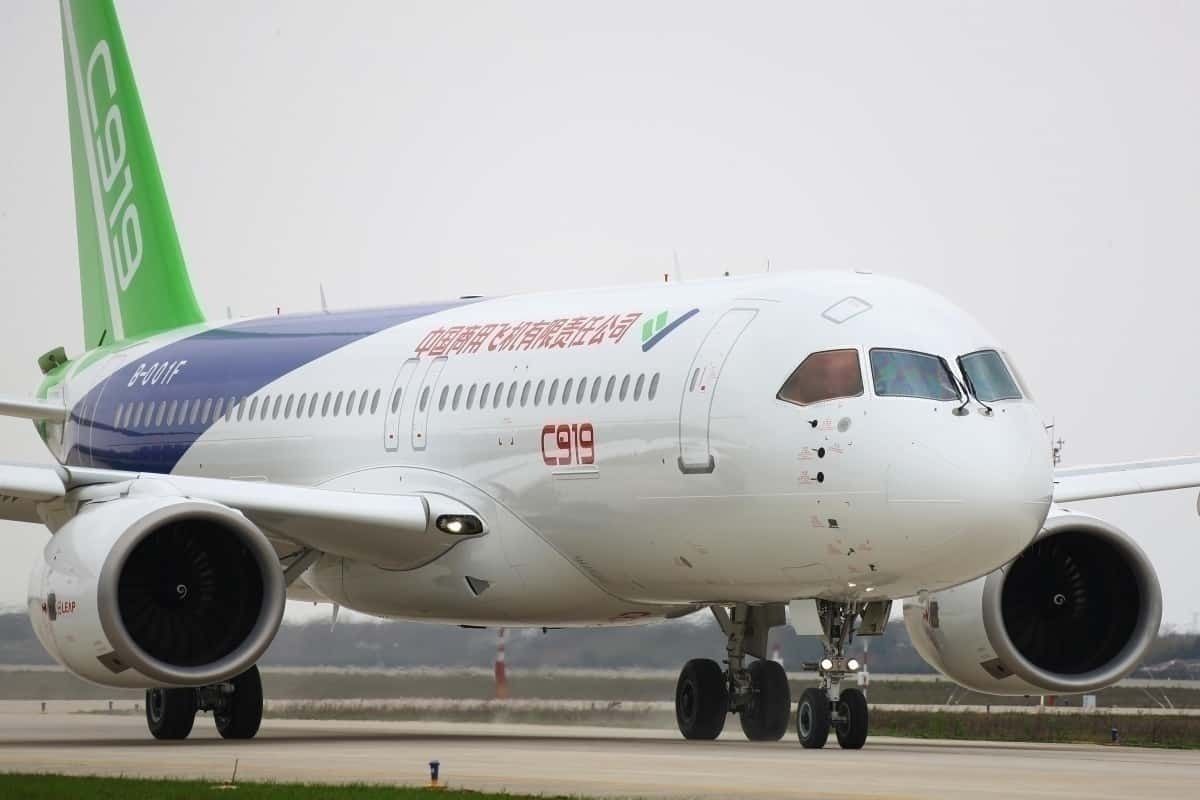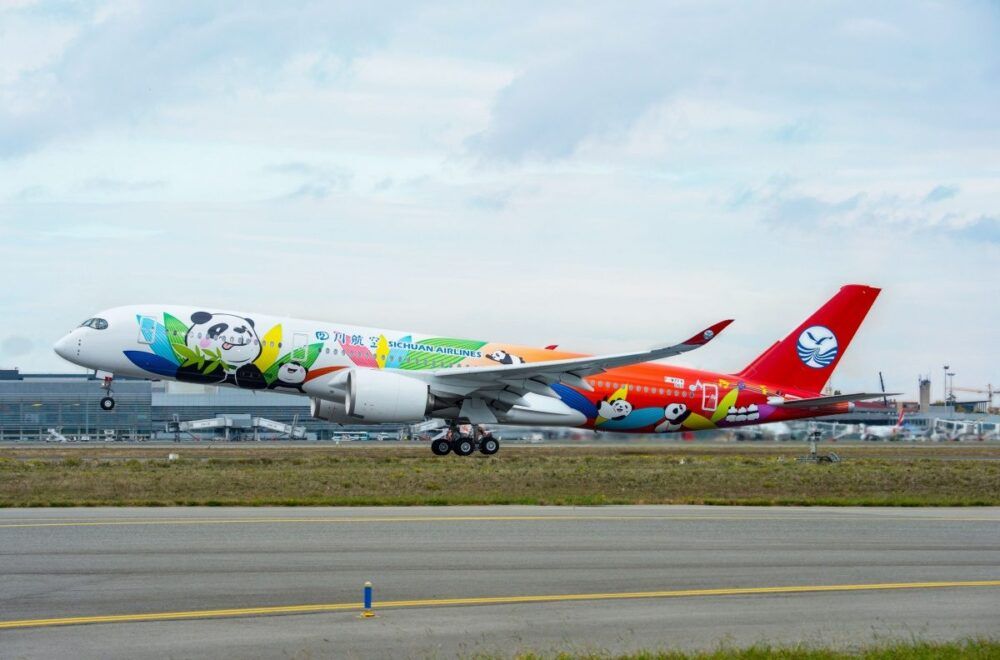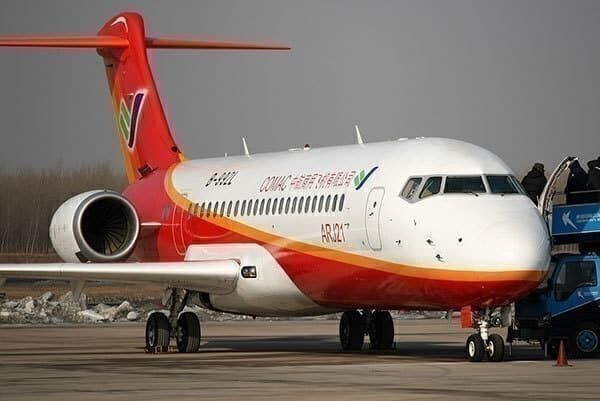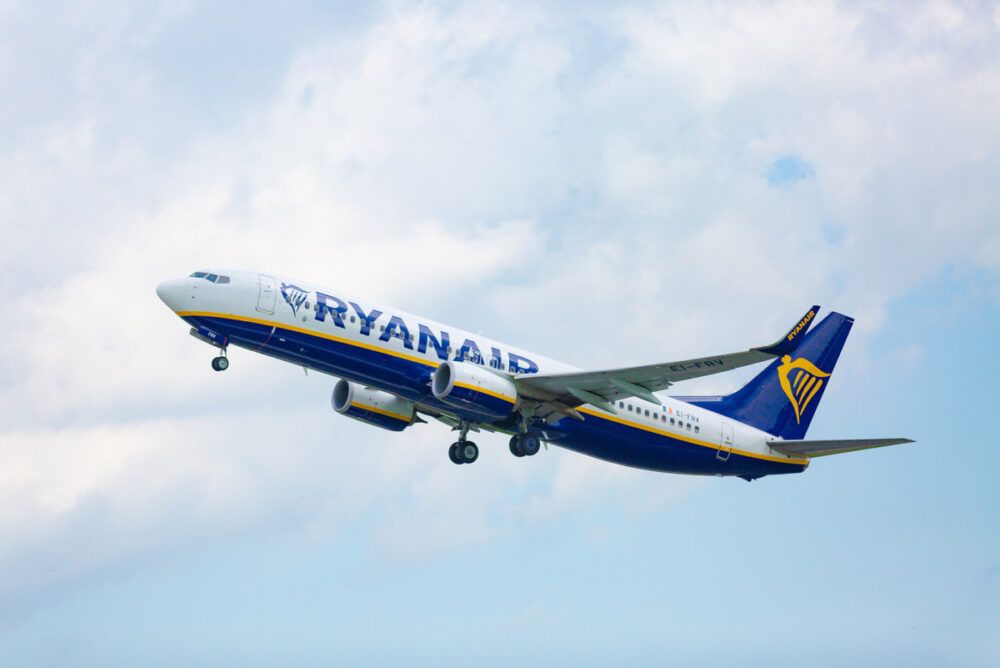On September 1st, the EU-China Bilateral Aviation Safety Agreement went into effect. The agreement was first signed in Brussels on May 20th, 2019. Mainly concerning the European Union Aviation Safety Agency (EASA) and the Civil Aviation Administration of China (CAAC), this bilateral agreement will simplify "the process of gaining product approvals...while also ensuring high safety and environment standards will continue to be met." So how will this agreement actually impact the aviation industry?
“I am confident that, thanks to this bilateral agreement, the relations between Europe and China in aviation will be taken to the next level...This further strengthens EASA’s commitment to work closely with international partners on building a safe and environmentally sustainable industry.” -Patrick Ky, Executive Director, EASA
First bilateral agreement meeting held
The entry into force of this Bilateral Aviation Safety Agreement (BASA) was marked by EASA and CAAC holding the first joint Certification Oversight Board (COB) on Thursday, September 3rd.
During the meeting, EASA and CAAC adopted the Technical Implementation Procedures (TIP) which will support the agreement - mainly with regards to airworthiness. These administrative and technical procedures describe how the two civil aviation regulators will conduct the validation and reciprocal acceptance of civil aeronautical product approvals.
The basics of the agreement
Article one of the EU-CAAC BASA states that the two parties agree to the following:
- (a) enable the reciprocal acceptance...of findings of compliance and certificates issued by either Party's Competent Authorities;
- (b) facilitate the multinational dimension of the civil aviation industry;
- (c) facilitate and promote the free circulation of civil aeronautical products and services;
- (d) promote cooperation in order to achieve a high level of civil aviation safety and environmental compatibility.
Among other things, this BASA will apply to the acceptance of airworthiness certificates and the monitoring of civil aeronautical products as well as environmental testing and the operation of aircraft.
*Key phrases have been made bold by Simple Flying as it pertains to this article.
How will this impact the industry?
While this agreement covers a broad range of aviation aspects, including personnel licensing and training, and air traffic services, let's focus on the reciprocal acceptance of certificates as well as the 'free circulation of civil aeronautical products.'
In theory, this agreement will allow for easier acceptance of Chinese-built aircraft within the European Union. The same will obviously apply to EU-built aircraft within China. While seeing European-built aircraft in China (Airbus being the most obvious) is nothing new, the most novel result could be Chinese aircraft flying in European skies.
If you've been following the developments in the aviation industry in the last few years, you'll know that China's aviation manufacturing capabilities are well on their way to taking on the Boeing-Airbus duopoly. Thus, it seems only a matter of time before a European airline places an order for some ARJ21s and perhaps some C919s in the future. In fact, a Memorandum of Understanding (MoU) is in place with Ryanair for the C919. The EU-CAAC BASA is likely to make the acquisition process even easier.
These are exciting and dynamic times for the aviation industry. The implementation of the EU-China BASA could make things even more interesting.
Do you think this bilateral agreement benefits one party more than the other? Is someone "getting a raw deal?" Let us know your thoughts in the comments.




